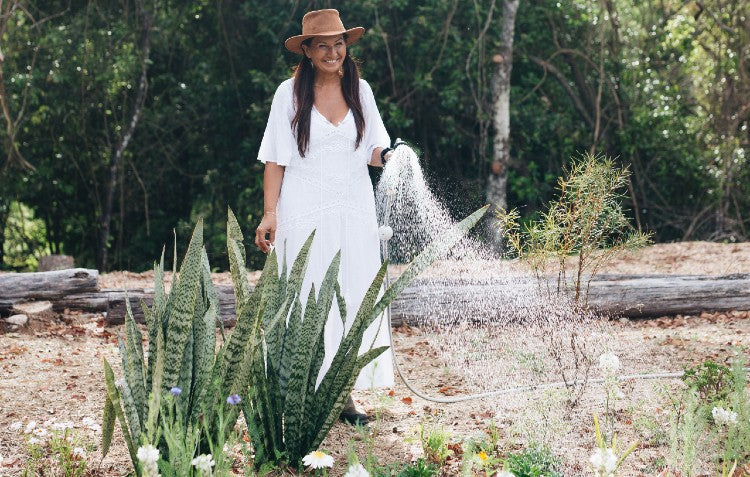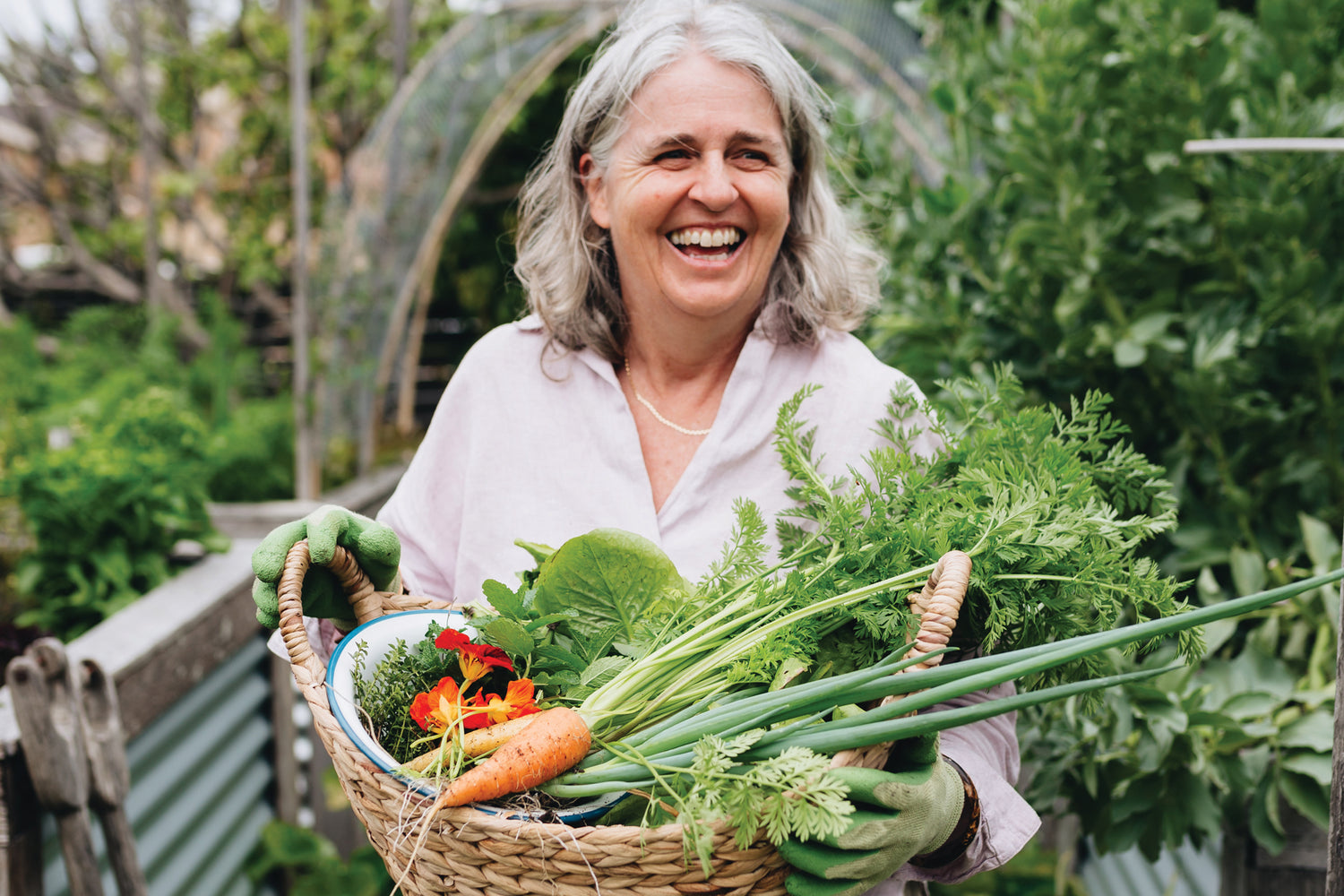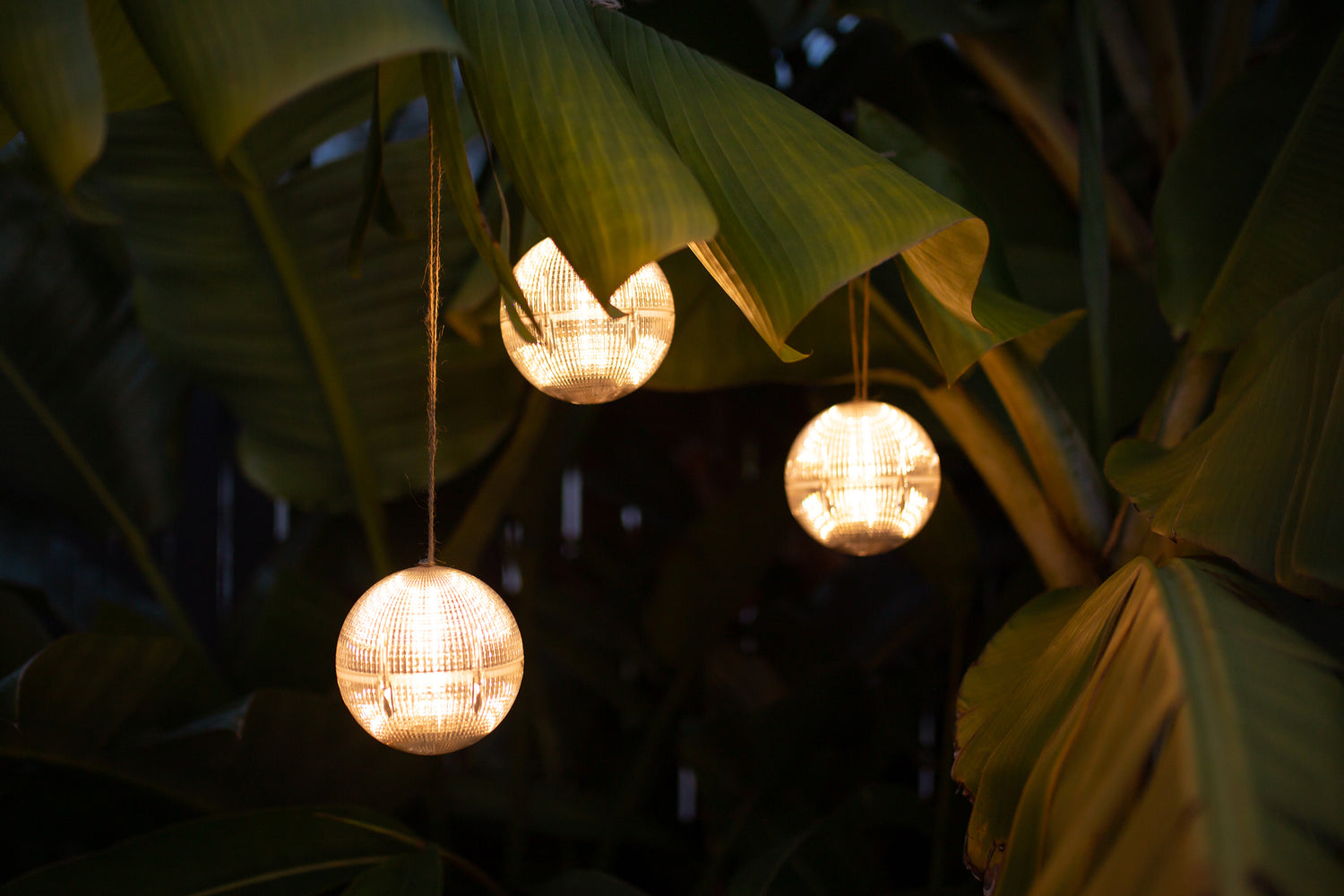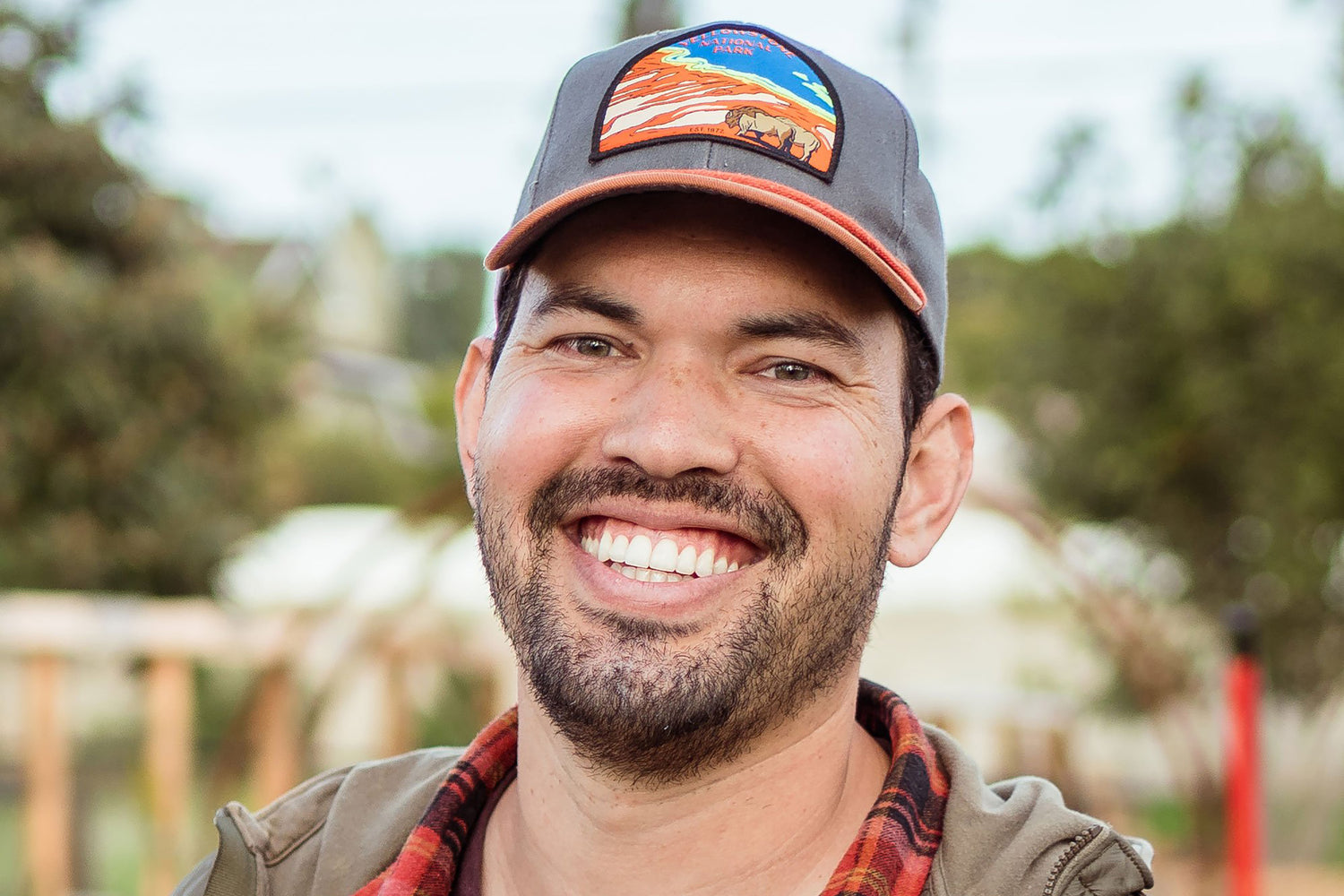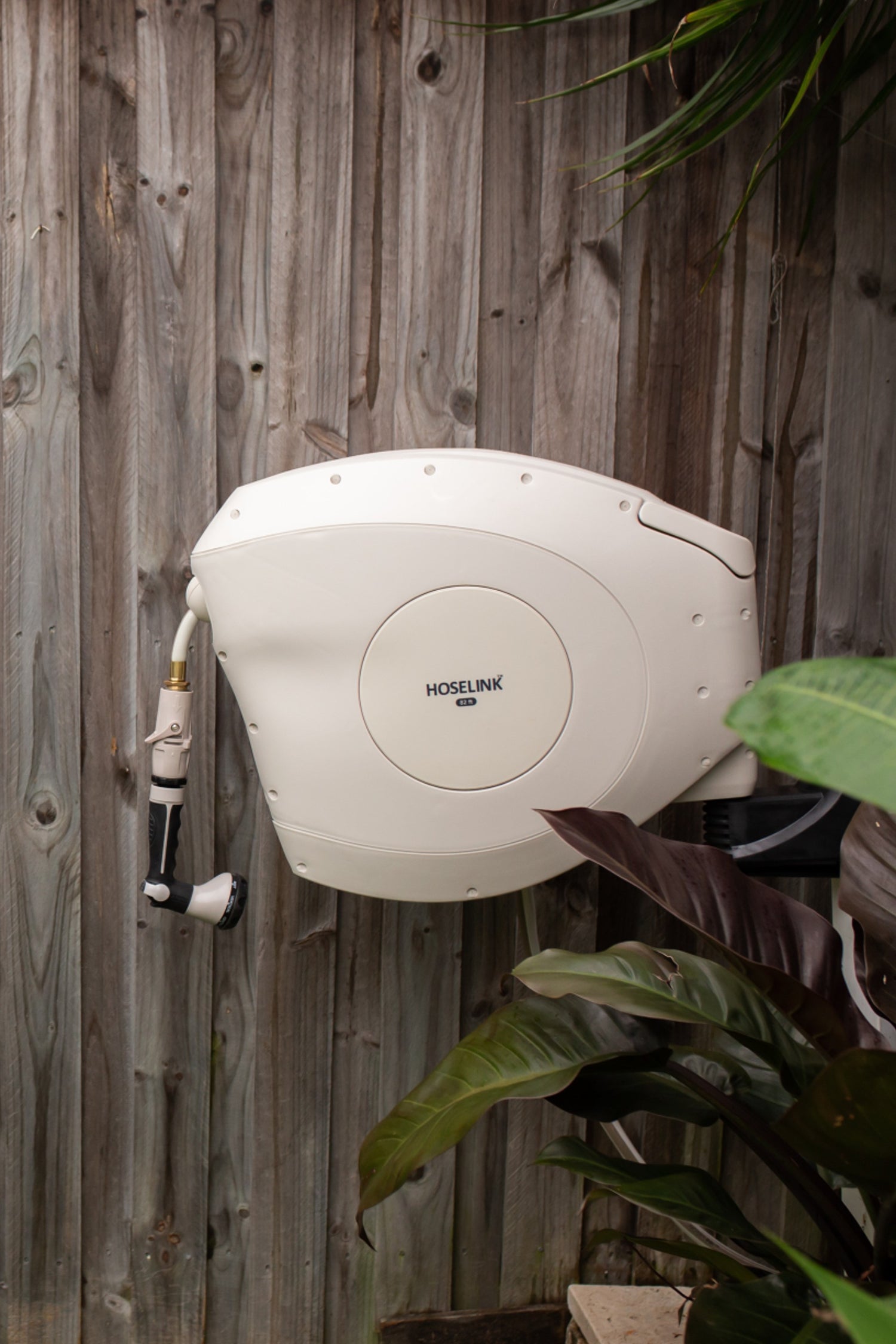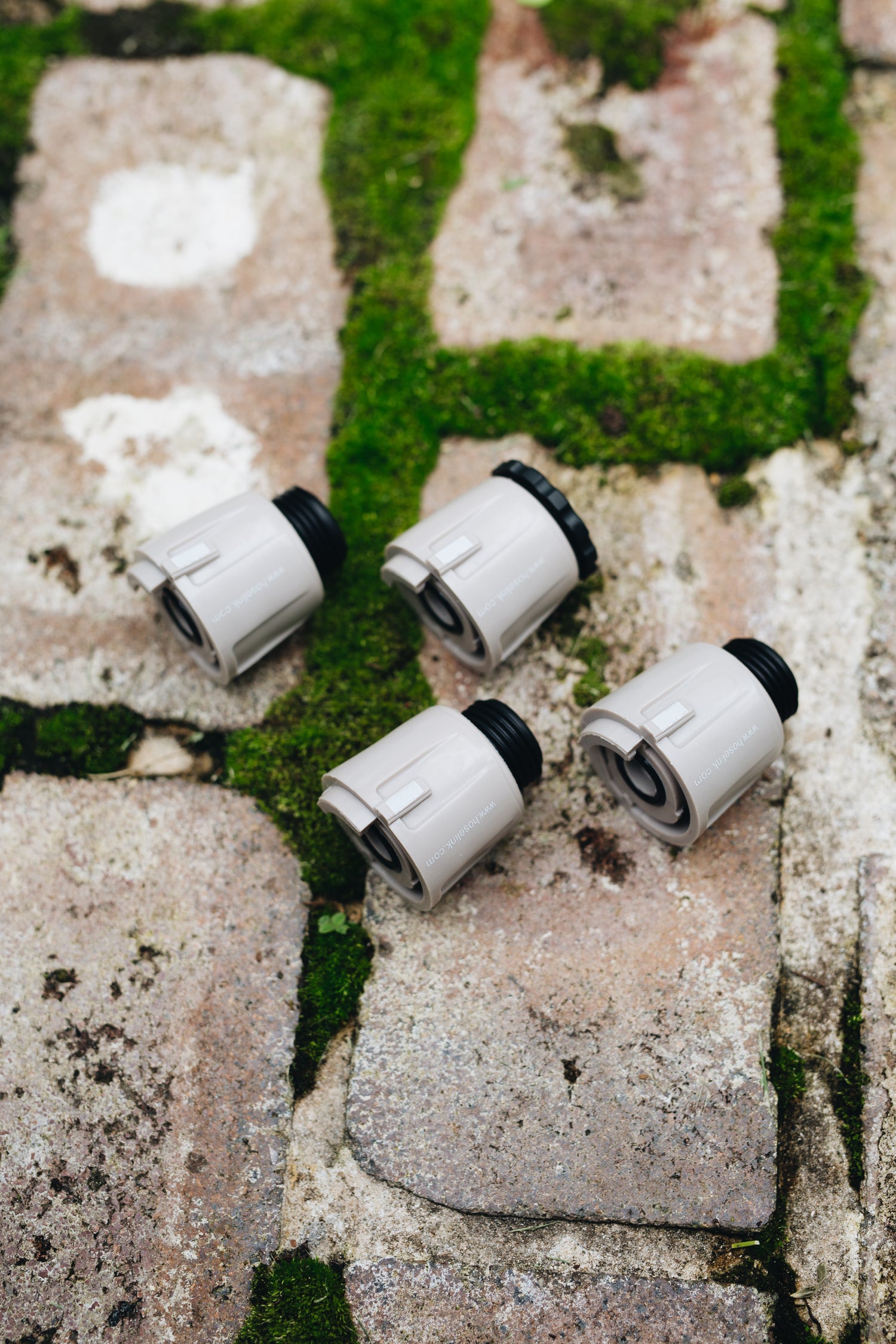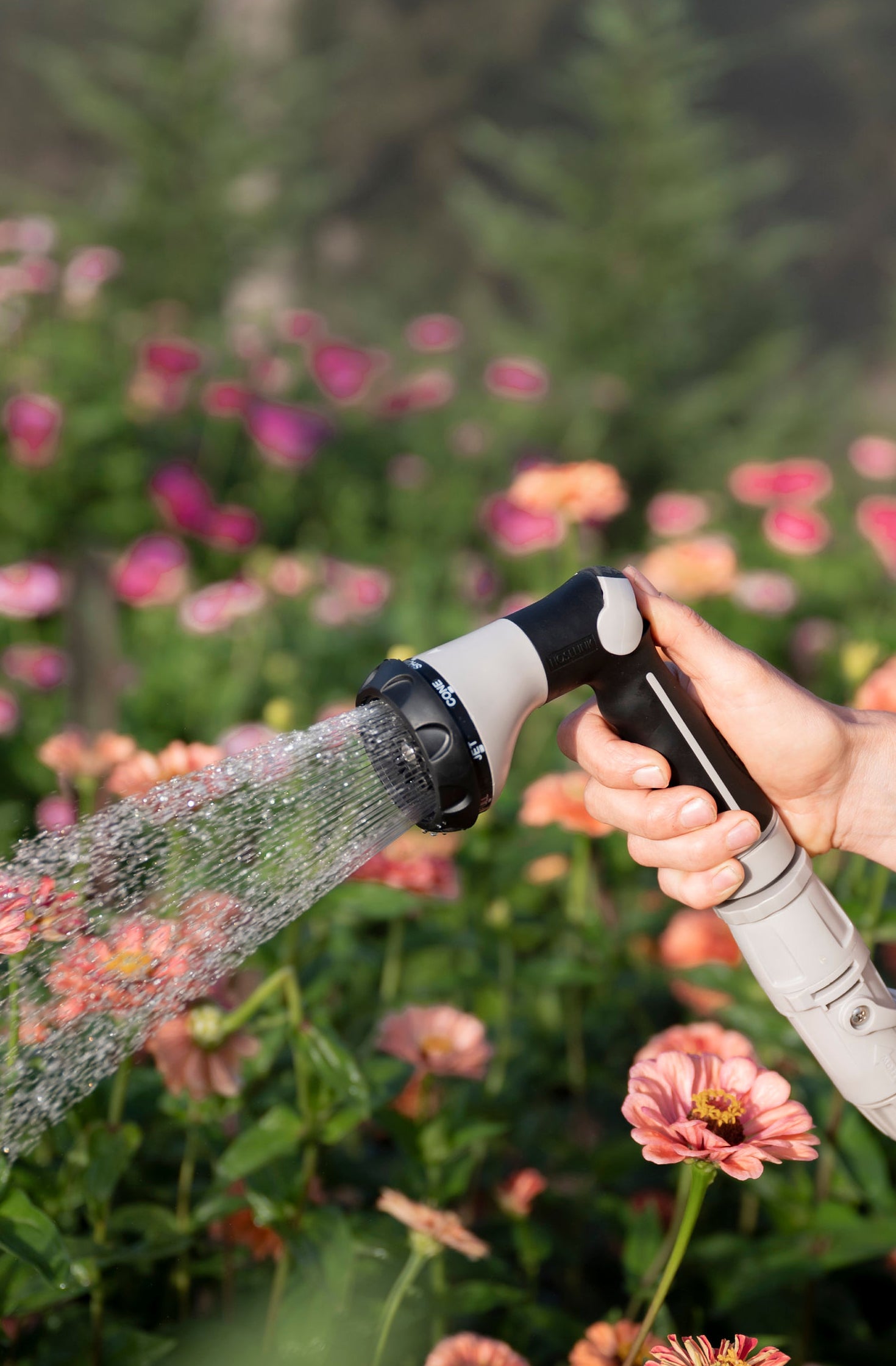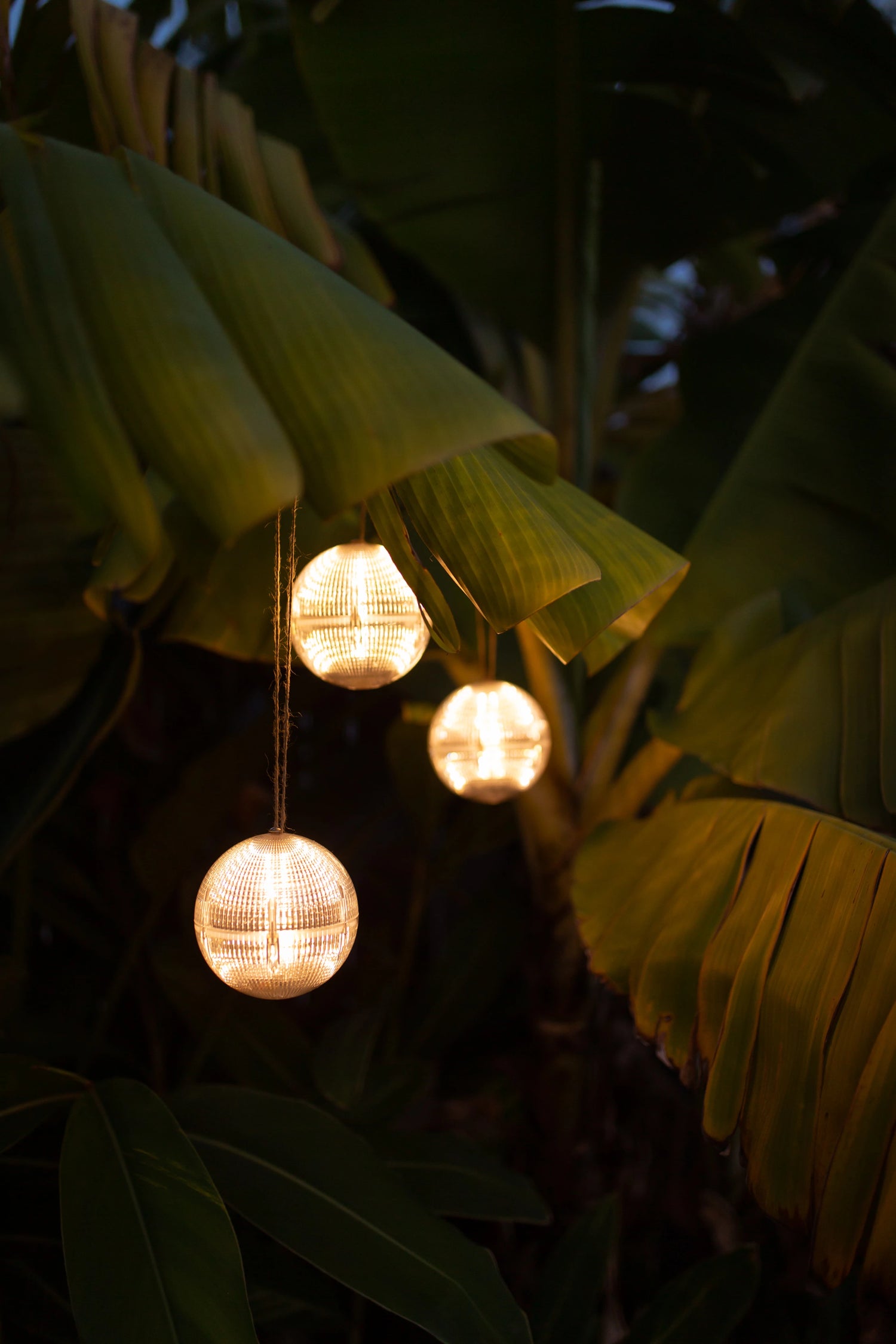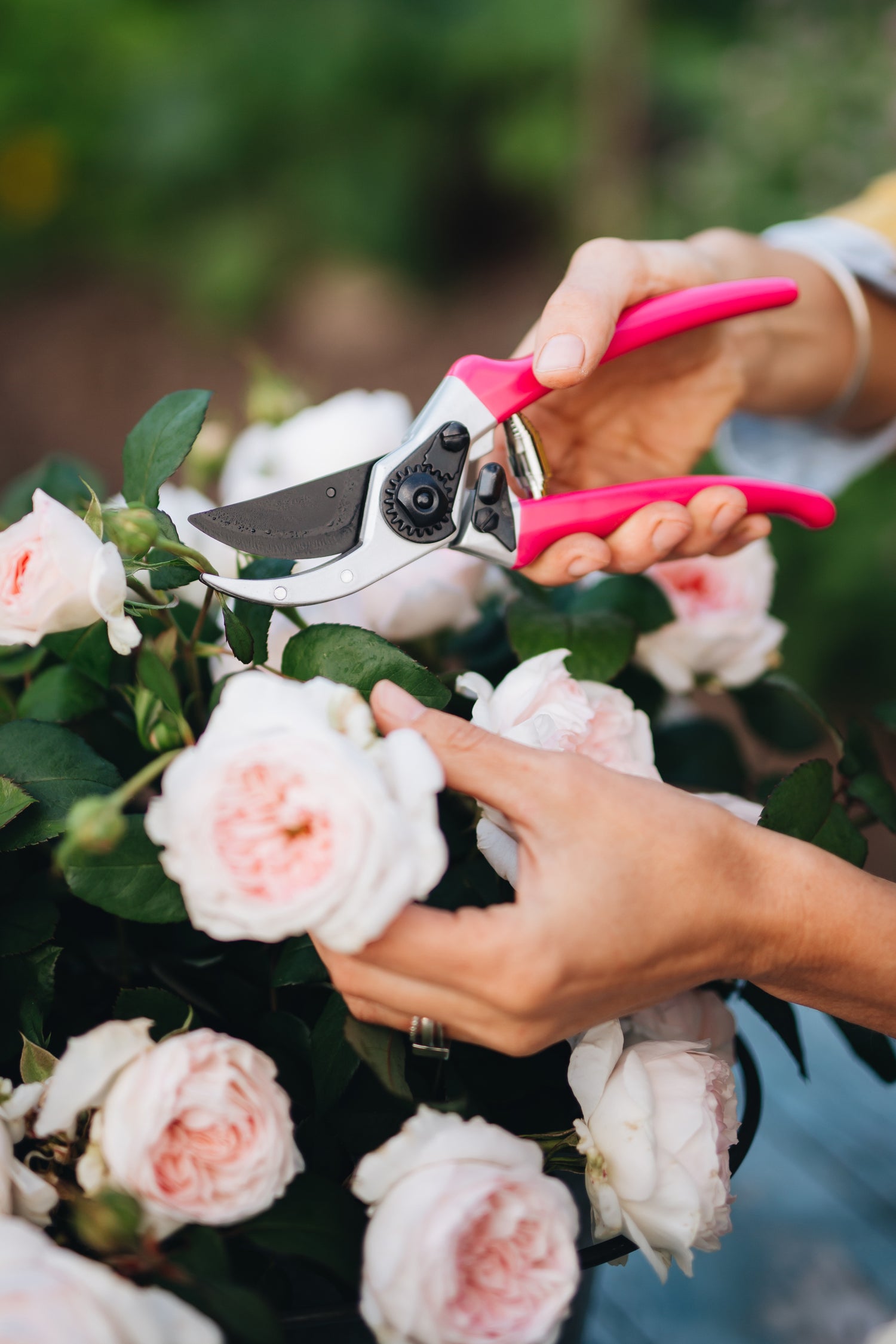We will start by saying that every plant is different. You should always check the packaging (if applicable) and/or the directions you can find online or from a professional to understand your plant’s needs. Plants are similar to us human beings; they are all unique and can occasionally require special attention!
Light
Sunshine is probably the most obvious of all the elements required for a plant to grow. Of course, there are some plants which will survive in shade or only need some exposure to sun, however, the majority will need some form of light. Light can be given directly from the source (the sun), but it can also be given artificially through devices like sun lamps. According to Let’s Talk Science, plants use the sun to create glucose. As we know, glucose creates energy; think of it like when you have a sugary drink or treat, it gives you energy! This energy allows critical elements of the plant to develop. Let’s Talk Science explains that as the plants form chloroplasts, each chloroplast contains a chlorophyll. These work together to turn light into energy. So how much light does a plant need? Well, this will vary from plant to plant. But ultimately, if your plant isn’t getting enough light, it will still grow, just at a very slow rate. Too much light will cause your plant to potentially dry out. It's a fine balance, but it can be mastered!
There are some very unique plants which do not contain a chlorophyll, and therefore do not need light to thrive. They can actually steal their energy from other plants! Cool right? (Not that cool if you’re the other plant). Is there such a thing as too much light? Yes! Like humans, plants can get sun burnt. It can even happen to indoor plants. You can tell if a plant is sun burnt if its leaves look bleached or discolored, this is usually just the leaves that are exposed to the sun. So, what happens if your plant gets sun burnt? You may want to consider moving the affected plants outside to soften the harshness of the sun. If you do want to keep these plants inside in the long run, you can slowly, gradually move the plant into hotter areas. Apartment therapy calls it ‘acclimatizing’ your plants to give them more tolerance to the conditions in your home. You may be surprised by the number of plants which are classed as ‘drought tolerant’ but still need some time to adjust to extreme conditions. Apply your own judgement to make the right call on what your plant needs, whether that be full sun, part sun, real sun, or artificial light!

Temperature
Temperature plays a huge role in our plants ability to grow. We are here to give you an approximate guide on the sort of temperatures your plants will need to live their best life. First of all, what signs do plants show us when they aren’t in the right temperature? According to The House Plants expert, leaves falling after turning yellow can indicate too much warmth for a plant. If the leaves curl and then turn brown, it can indicate that the temperature is too cold. When the leaves turn brown, wilt, or fall this can mean too much heat. In order to grow a plant, especially from germination, temperature is critical. Of course, there are different rules from plant to plant, but as a general rule, more heat allows for germination to happen very quickly. That being said, checking for compatibility is very important! There are a few ways you can check compatibility between the temperatures in your environment and the plant you intend on growing. One of them which may seem obvious is checking the hardiness zone. A quick Google search can determine the zone you live in and help you understand which plants do best in certain temperatures or climates. This will increase your chances of success in growing your plants!
Space
It’s easy to get over excited when starting to grow plants, we often forget to consider that unless you are companion planting, you will need to give your plants room to grow! Space is crucial for any newly established plant; they need it so that they can spread out and absorb water and nutrients. When plants are grown too closely together, they will need to steal things like light and nutrients from their neighbors. A lack of space can be detrimental to the success of your overall garden. If your plants are without space, they may still grow but just not to a high-quality standard. A weak or thin plant will be more prone to disease, and general health won’t be as strong, according to Let’s Talk Science. It’s not only the roots which require space to grow initially, but it is important to leave room for the plant’s long-term growth including the leaves, stems and flowers if it is a flowering plant.
Time
The one element that plants absolutely need to grow, but we as plant parents have no control over, is time. Some plants require days, weeks, months, even years to start growing! If you have little ones, this is a great opportunity to teach them about how to grow plants, how it works and the patience that's required. There is also an option to keep a calendar and/ or a schedule, so you don’t forget to water and check in on your plants’ progress. Patience is a virtue when it comes to growing plants, trust us, the reward will be worth the wait!

Air
Air quality may be one of the last things you think about, but it’s so important for the overall health of your plants. You will need to consider if there is smoke or pollution in the air surrounding you and your garden. If this is the case, you run the risk of your plants being damaged or becoming unhealthy when they are trying to grow. Why do plants need air to grow? Because they also ‘inhale’ oxygen! More importantly, they combine carbon dioxide with water and sunlight to create glucose (sugar) and oxygen, this process is known to us as photosynthesis. Thankfully, if you are a fan of indoor plants, there are several plant species which purify the air for you! A peace lily is a popular example. They are a stunning, vibrant, and easy-to-care-for plant which will keep the air clean in your home. Plants are also great for bringing some life into a room and adding a special touch to your décor.

Fertilizer
Just like humans, plants need to eat! It is important to be well equipped and informed about the right type of fertilizer to use to give your plants the best chance at growing! If you’re unsure where to start, try an all-purpose fertilizer or a seaweed concentrate. Both of these are fantastic options which will provide your plants with all the additional nutrition they may need. In terms of how often you should be feeding your plants, it will depend on the type of plant or if you have a sick plant on your hands. As a general rule, after planting your choice of seedling, you should feed the seeds every four to six weeks to ensure they are getting all the right ingredients for successful growing. If you have planted seeds in a bed that is only organic matter, you may want to fertilize them every three to four weeks. After the initial growing stages, you should only need to fertilize a few times a year, when you think your plants need it. Be wary that it can be easy to over-fertilize your plants, you will know this has happened if the leaves of your plant appear slightly yellow. This can be reversed with a long, deep water. Be sure to always read the directions and do not fertilize more than what's suggested. Once again, every plant is different, and the process of trial and error is nothing to be afraid of – mistakes are how we learn best!
Soil
As much as you need to rely on natural elements for your plants to grow, one of the things you can control is the soil you use to pot your seedlings or keep your more well-established plants thriving and growing. Soil is the supplier of many major essential nutrients which plants need to grow. The most popular elements are nitrogen, phosphorus, and potassium. Each of these play an important role in the different processes a plant completes to grow. Whilst these should all be produced naturally, they may occasionally require a top up. If you’re wondering which sort of soil you should purchase for your plants, it’s natural to be overwhelmed by choice. The three most popular types are sand, silt, and clay. The best all rounder type is a rich, sandy-loam. A sandy-loam is essentially a mix of all three types of soil, allowing you to access the benefits from each type. Beyond just soil, you may want to consider mulching your gardens to help grow your plants. Mulch is known as gardeners’ best friend for a reason; it assists with maintaining moisture, suppresses weeds and protects the roots from cold winter temperatures. Add roughly three inches of mulch and away you go!
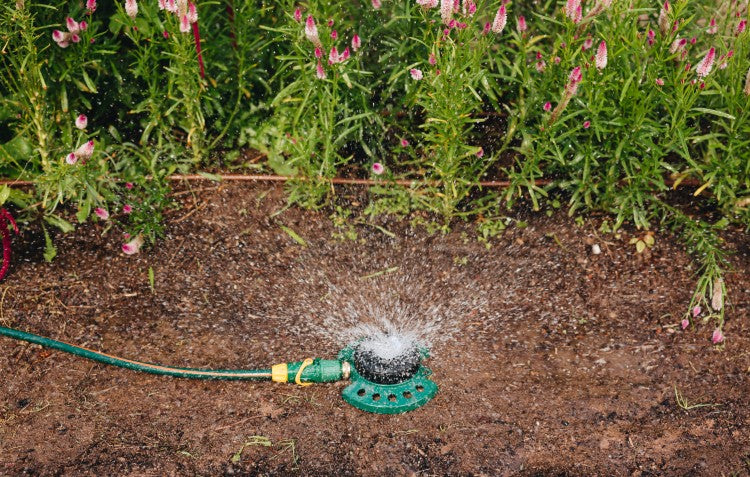
Water
Finding the right balance between over and under watering is incredibly important when it comes to growing plants. Too much water may cause your fertilizer to run off, drowning of the plant or the inability for the plant to breathe and absorb oxygen. Under watering your plants can cause extremely slow or delayed growth as well as dried out leaves which may turn brown. It’s important to use the correct method when watering your plants in order for them to gain the most benefits. Water at the base of your plant, this way you won’t dampen the leaves or foliage and the soil will get the most moisture. If you find yourself struggling to reach the roots, try Hoselink’s Root Waterer and Soil Breaker! It limits water wasting and ensures delivery of water right to where it’s needed. For the best experience in all your watering needs, the Hoselink Retractable Hose Reel is perfect. It comes pre-fitted with a Comfort 8-Pattern Flow Control Spray Nozzle. Having eight different watering settings will make watering any plant from seedlings to more established plants a breeze. The Mist setting is perfect for growing seedlings when gentle watering is needed. The Shower setting is perfect for watering more established plants as it provides a consistent, even flow of water to the plant. As a general rule, ensure your plants get water in small increments in the morning and allow it to drain. You will be able to tell if your plants need watering by simply checking if the soil feels dry or moist. It is also important to remain aware of the dry and wet seasons, these are times when your plants are more likely to need their watering scheduled altered to suit the conditions. If you are prone to forgetting to water your plants or are after a more hands-free option, you might consider a sprinkler or irrigation system. Hoselink has a fantastic range of sprinklers to cover yards of all different shapes and sizes.

There you have it, Hoselink’s guide on what a plant needs to grow. Don’t forget to utilize the resources online to make the best decisions regarding your plant’s needs. To check out Hoselink’s complete range of products to help you be successful in the garden, click here. To check out our YouTube Channel featuring lots of helpful videos and gardening advice, click here.

